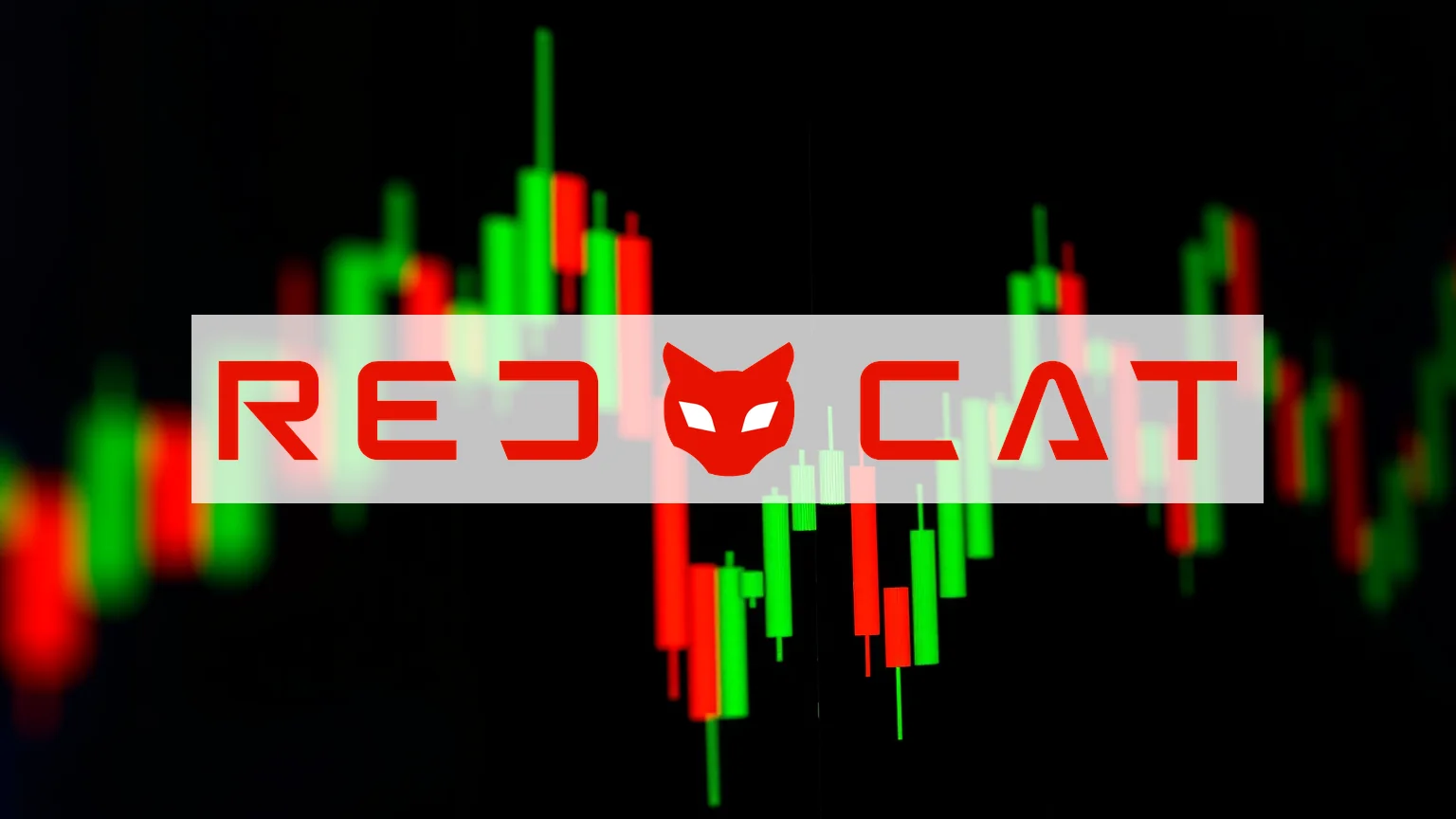Red Cat Holdings has achieved a critical strategic milestone that solidifies its standing within the lucrative defense industry. The company’s subsidiary, Teal Drones, has secured the prestigious AS9100 certification, a development analysts believe could unlock multimillion-dollar contract opportunities. While these operational advances are significant, the company’s latest financial metrics present a more complex picture for investors.
Strategic Certification Unlocks Military Market
The AS9100 accreditation represents far more than a procedural formality; it validates that the production processes for Teal’s Black Widow drone system meet the aerospace and defense sector’s most rigorous international quality standards. This comprehensive certification encompasses the entire product lifecycle, from initial development and manufacturing to ongoing maintenance and support.
This validation is particularly consequential for Red Cat’s positioning within the U.S. Army’s Short-Range Reconnaissance (SRR) program. The Black Widow platform has already been designated as the preferred solution for this key military surveillance initiative, and the newly acquired certification substantially strengthens the company’s competitive footing for forthcoming procurement decisions.
Should investors sell immediately? Or is it worth buying Red Cat?
Operational Progress Meets Financial Reality
The timing of this achievement is strategically aligned with recent business developments. It follows the execution of a TD3 Long-Range Procurement (LRP) agreement with the U.S. Army, a contract that provides for the delivery of up to 690 SRR Black Widow systems. The AS9100 certification is considered essential for scaling production capacity to fulfill substantial military contracts of this magnitude.
Despite these operational breakthroughs, the company’s financial performance has elicited mixed reactions from the market. Red Cat’s most recent quarterly report disclosed revenue of $3.2 million, a figure that fell short of certain analyst projections. On a more positive note, the company maintains a robust liquidity position, with cash and receivables totaling $66.9 million, supplemented by an additional $21.0 million in inventory.
Market sentiment appears divided. Strategic accomplishments in the defense sector are generating investor optimism about long-term potential, but near-term revenue results are tempering enthusiasm. This creates a nuanced investment thesis centered on the apparent divergence between Red Cat’s operational trajectory and its current financial performance.
Ad
Red Cat Stock: Buy or Sell?! New Red Cat Analysis from January 7 delivers the answer:
The latest Red Cat figures speak for themselves: Urgent action needed for Red Cat investors. Is it worth buying or should you sell? Find out what to do now in the current free analysis from January 7.
Red Cat: Buy or sell? Read more here...













